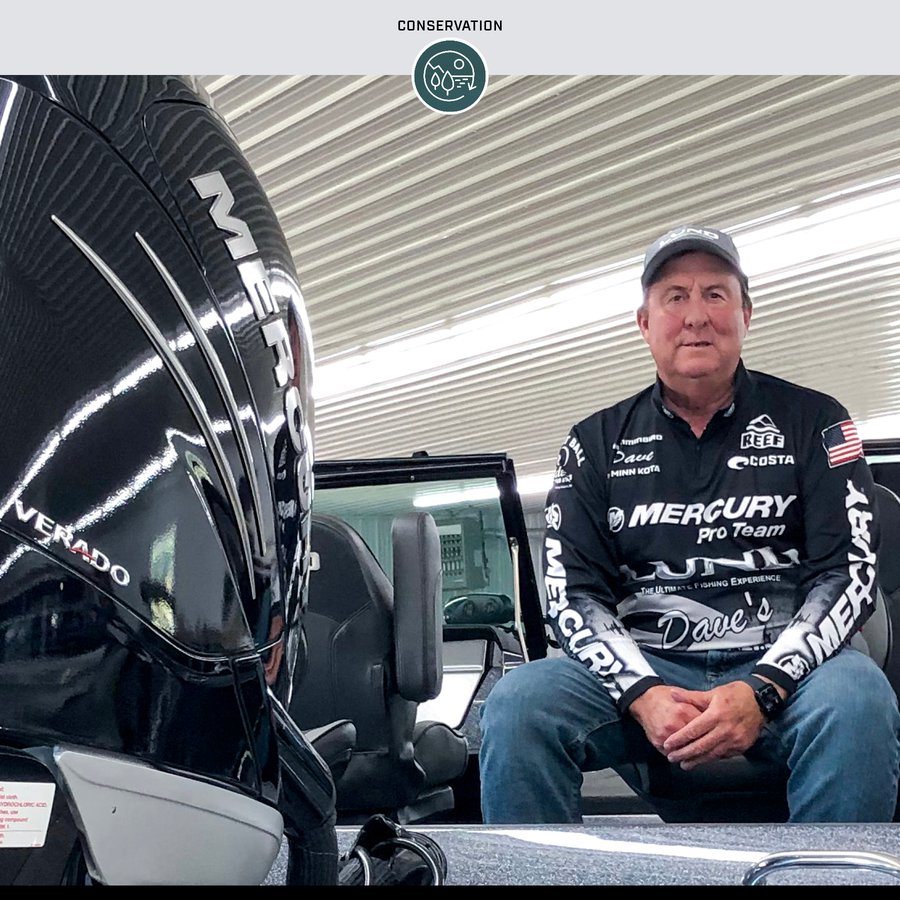Burmese pythons and Asian carp get all the headlines and emergency funding, but there are plenty of other invasive species that are imminent threats to our waterways and wetlands. And as responsible boaters, it’s our job to do everything possible to fight the spread of invasive plants and animals.
Simply stated, an invasive species is an organism that is not native to a particular ecosystem and may cause harm to that ecosystem. It’s important to note that there is often no way of knowing if and how a non-native species will damage a new ecosystem. But once it’s taken root, there’s usually no way of getting rid of it.
So what’s the harm in, say, moving a plant or animal from one area to another, intentionally or otherwise? Well, what sounds insignificant or even well-intended could in fact be devastating because the new ecosystem is likely incapable of keeping the new species in check. Take the zebra mussel, for instance. It’s believed that this fingernail-sized mollusk was inadvertently deposited in the Great Lakes in the 1980s via ballast water from ocean-going vessels. Since then, zebra mussels have spread throughout many of the freshwater systems of North America, even as far as Texas and California. This pest not only irrevocably disrupts the food chain in every body of water it infects, zebra mussel clusters are also wreaking havoc on hydroelectric dams and flood control equipment in lakes, reservoirs and rivers from coast to coast.
The problem is not limited to invasive aquatic animals. Water hyacinth was purposely introduced to the U.S. from South America due to its visual appeal, but it’s now causing serious problems in our waterways as it crowds out other plant species and blocks the sunlight needed by native plants and animals.
The way you can do your part is to diligently drain and clean your boat and trailer after every outing. In this video, Mercury Pro Team member Chase Parsons explains how he ensures he doesn’t transport any hitchhikers from one body of water to another as he travels the country to compete in walleye tournaments and film with The Next Bite crew. This includes taking a few minutes after loading his boat on the trailer to remove any vegetation that may be clinging to the hull, motor or trailer frame. He also is careful to pull the bilge plug, make sure the livewells are empty and even tilt the outboard down to let all the water drain out of the engine’s cooling system.
All of this should be done immediately after coming off the water, and as close as possible to the water where you were just boating. Otherwise, any invasive species lurking in the body of water you just left could very well end up in the next one you visit.




















